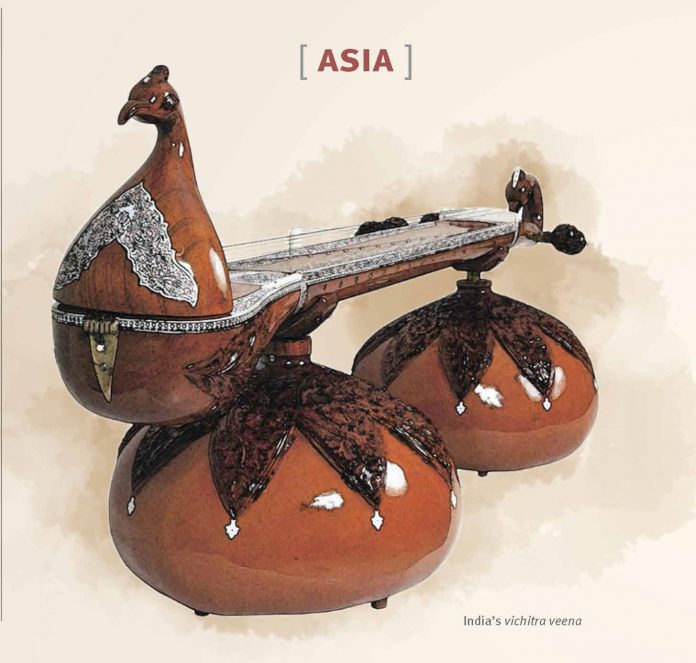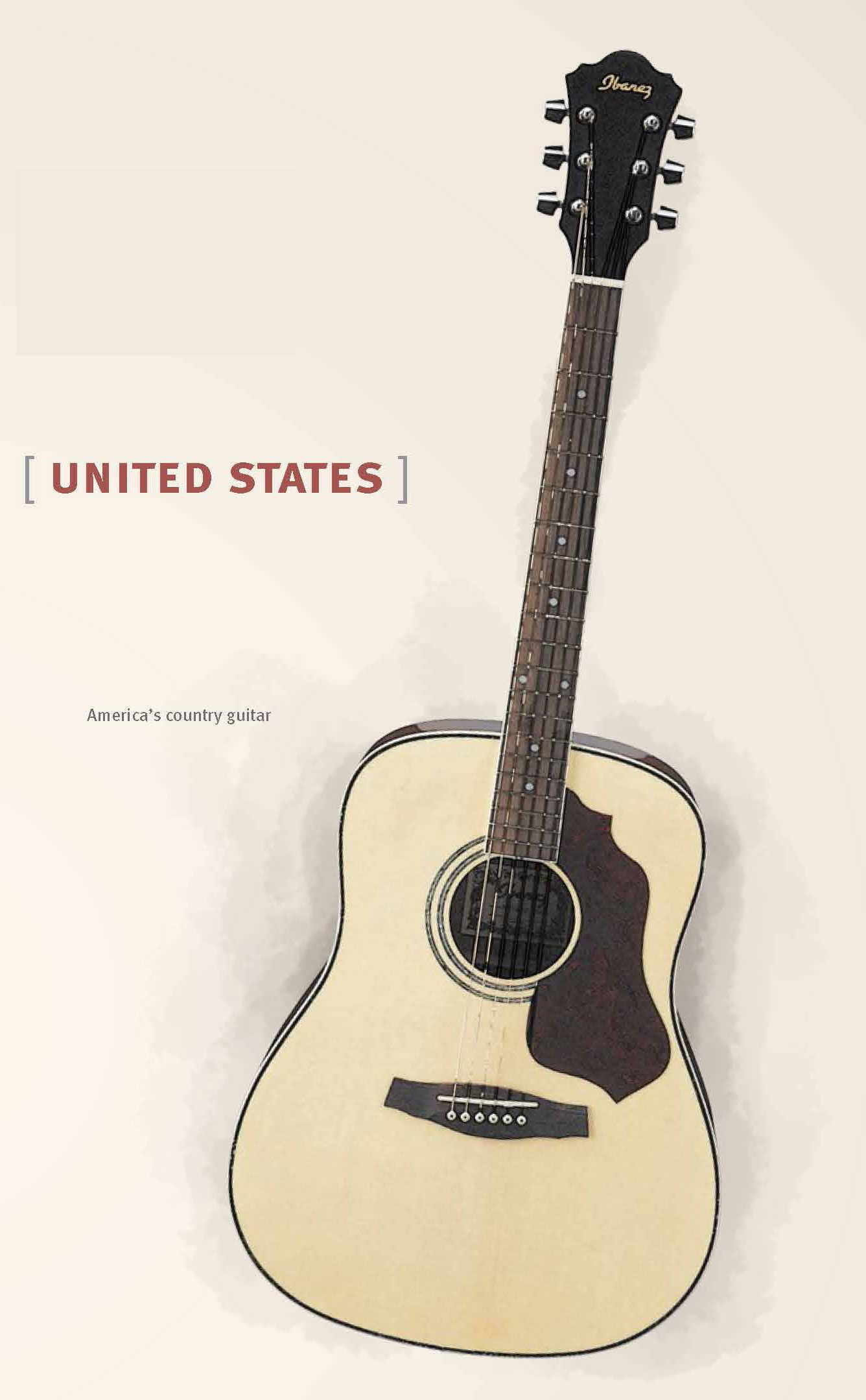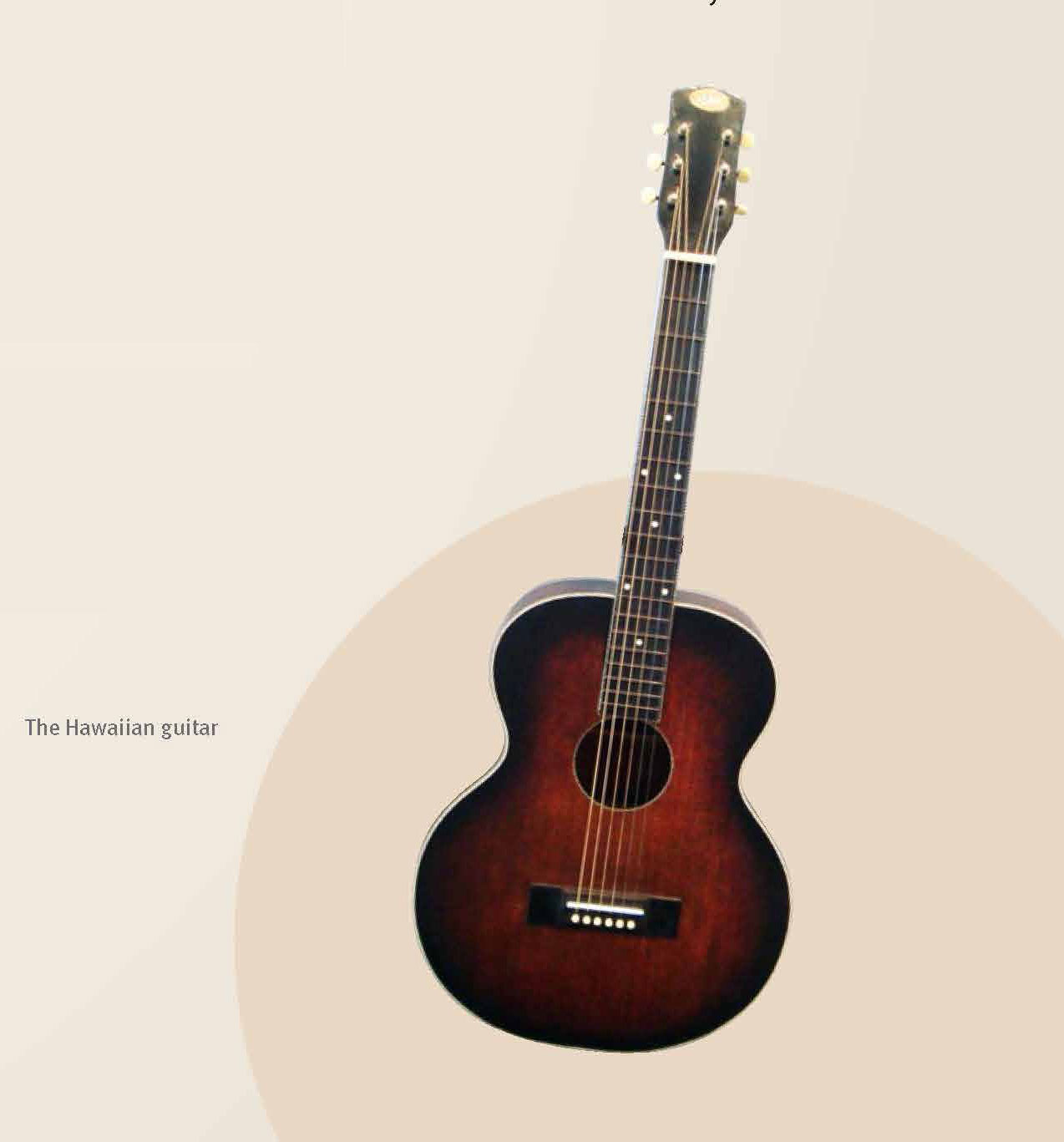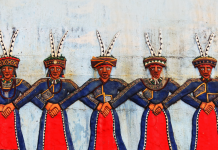ASIA
The Indian classical musical tradition has its roots in the Vedas, scriptures of the Hindu tradition thousands of years old that can be classified into two styles: Hindustani in the North and Carnatic in the South. The focus is on melody rather than harmony, and on adornments called gamakas that involve oscillations between notes. Some Hindustani and Carnatic instruments are thus fretless, enabling the musician to slide along the strings and demonstrate these oscillations.
Two famous examples of traditional instruments are the vichitra veena (North Indian) and the gottuvadhyam (South Indian). The former is a 19th-century descendant of the fretless, single-stringed ekatanri veena, played in medieval times with a slider. The latter, similarly, is an ancient fretless instrument that went out of vogue for some centuries until it garnered attention in the 19th century.
- Other traditional fretless instruments in Indian music include the sarangi, sarod, and a drone instrument called the tambura.
-
For older instruments such as the vichitra veena, there are few practitioners left, and female players are a rare sight, due to the instrument’s unwieldy nature.
- The first female artist to take up this instrument at the concert level was Dr Radhika Umdekar Budhkar, who, in 2002, with the help of her father, created a smaller version of the instrument with better sound quality. She started a music school where she teaches the sitar, vichitra veena, vocal music and the Indian slide guitar.
- The slide technique is so prevalent in Indian music that when the violin was introduced to India in the 18th century, a musician called Baluswami Dikshitar applied this technique on it. The violin is now integral to Indian classical music, but played in a way that belies its Western origins.
UNITED STATES
With the lap steel guitar, or Hawaiian guitar, a player slides a metal or glass bar against raised strings in order to change the pitch. In Hawaii, the first guitars to be called “Hawaiian guitars” were modified versions of Spanish guitars, introduced to the Islands before the 19th century.
Joseph Kekuku, a native of Honolulu, is regarded as having developed the guitar technique of playing horizontally with a “steel” (a solid metal bar) in 1885, producing the characteristic Hawaiian slur. This is contested by the account of noted Hawaiian composer Charles E. King, who names Gabriel Davion, an Indian kidnapped by the Portuguese and brought to Hawaii, as the discoverer of the steel guitar in 1884. Thus, Davion had possibly introduced the Indian slide technique to the islands. Still, it was undoubtedly Kekuku, with his tours of the US from 1904, who boosted the popularity of the instrument and its use in blues music in the 20th century.
-
The slide technique of the Hawaiian guitar gained popularity by complementing the African-American slide techniques already introduced to the US, and became a central feature of blues music.
- This led to the creation in 1927 of the resonator guitar subsequently used in blues, as well as bluegrass music, a genre pioneered by Bill Monroe and his band in 1938.
- The electric slide guitar gained traction with blues slide guitarist Elmore James, whose use of electricity to amplify his acoustic guitar became popular in blues, rock and even country music.
- Popular contemporary slide guitarists include Michael Messer, who pioneered the use of turntables in blues music, as well as Ben Harper, whose signature slide technique is evident in all genres of music in which he engages.
Read the rest of this article in No.104 Issue 3/2014 of Asian Geographic magazine by subscribing here or check out all of our publications here.







![The Road to Independence: Malaya’s Battle Against Communism [1948-1960]](https://asiangeo.com/wp-content/uploads/2021/07/WhatsApp-Image-2021-07-26-at-11.07.56-AM-218x150.jpeg)






